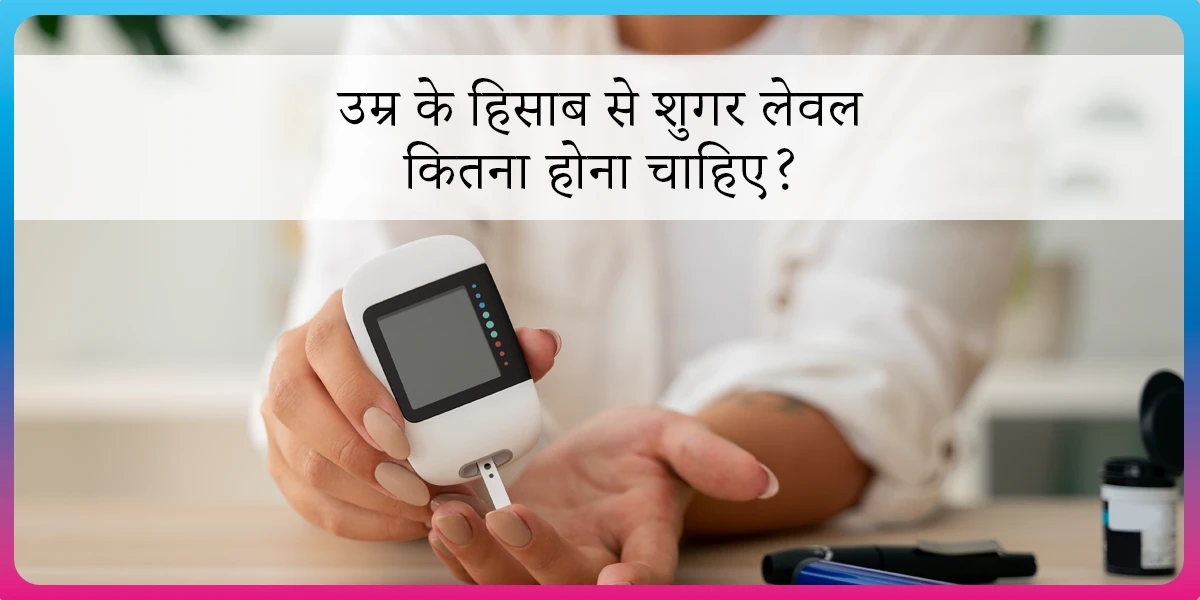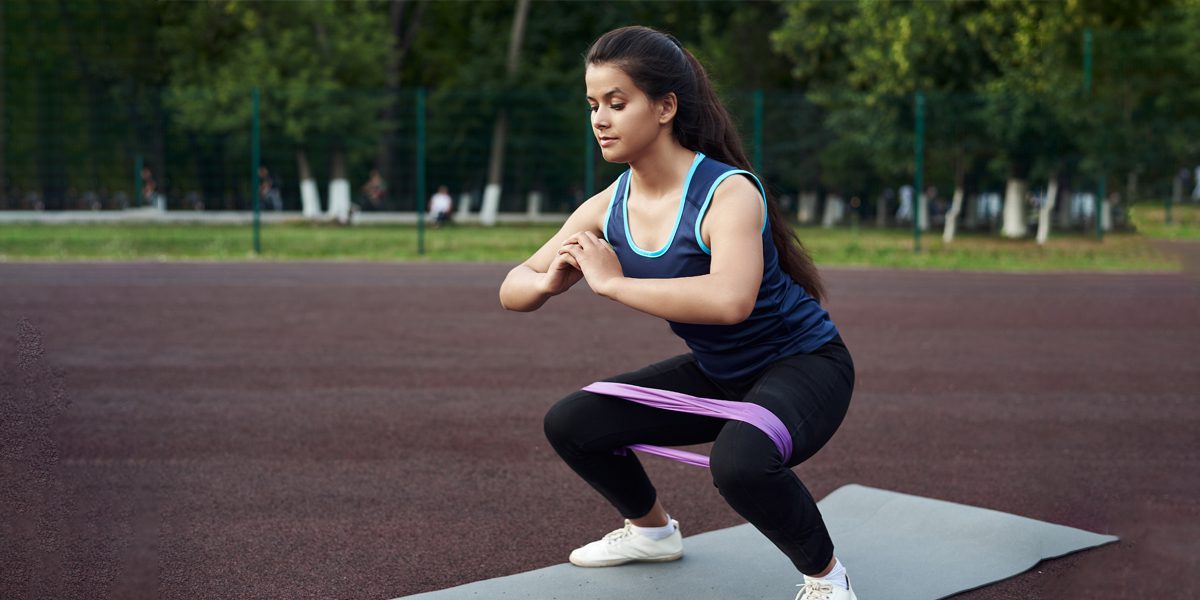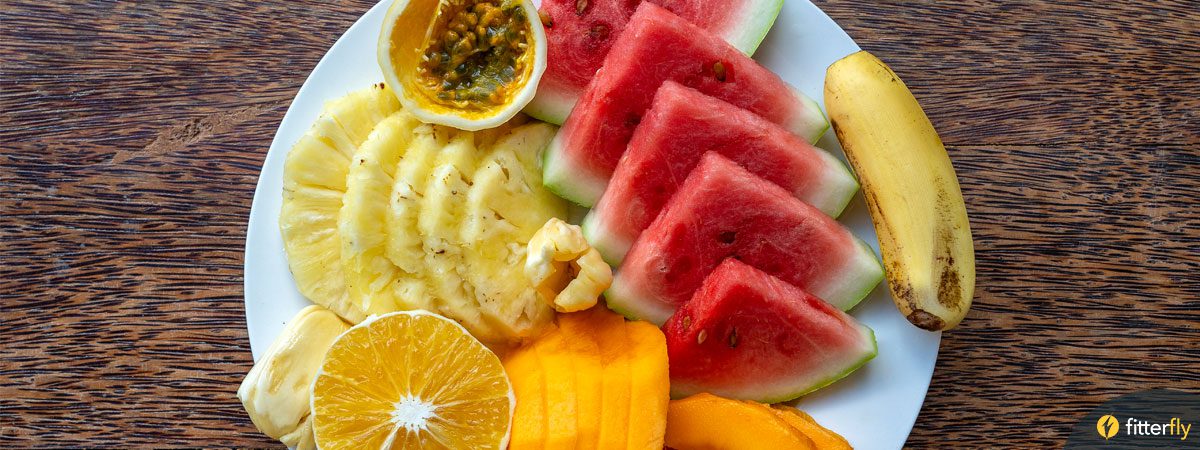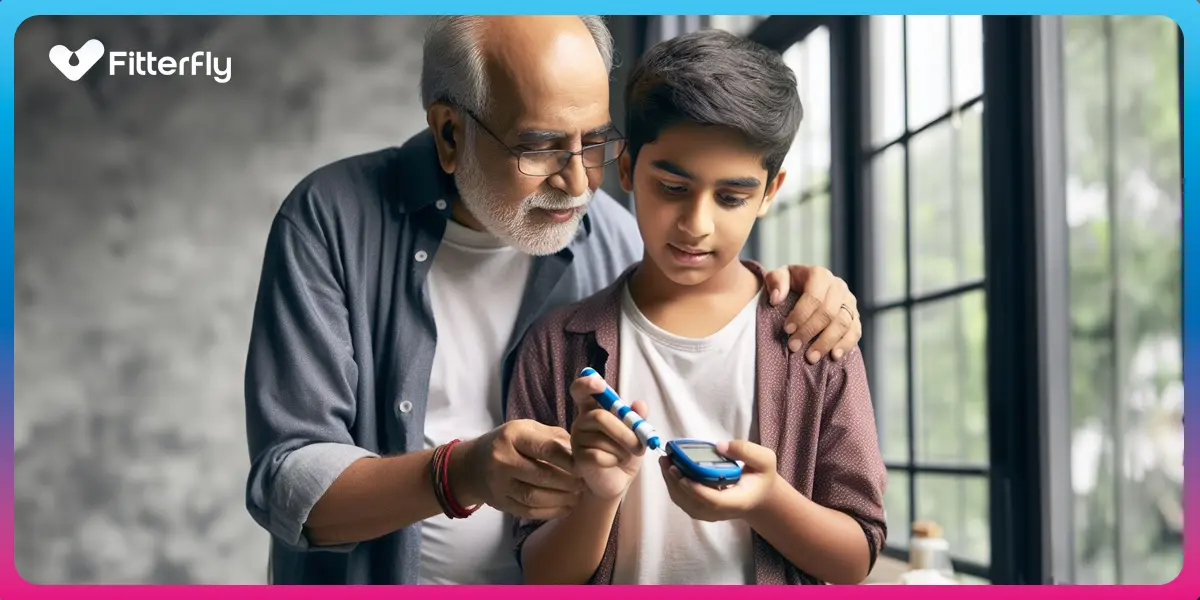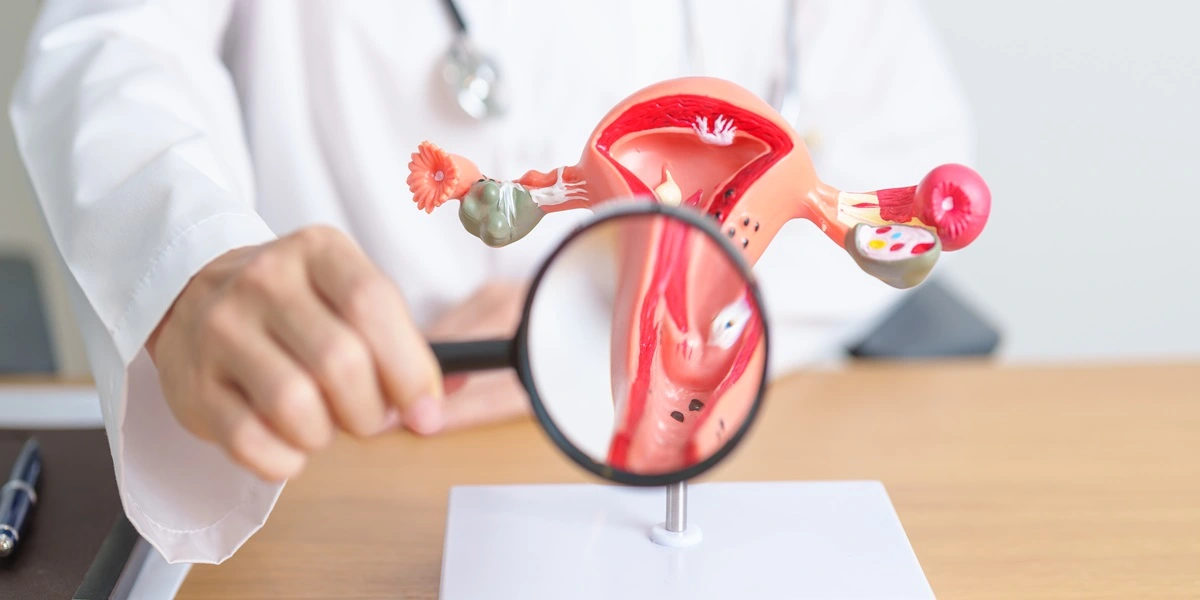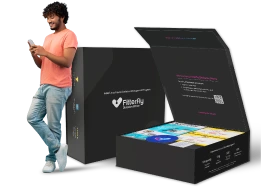Kumbhaka Pranayama for Diabetes: Harnessing the Power of Breath
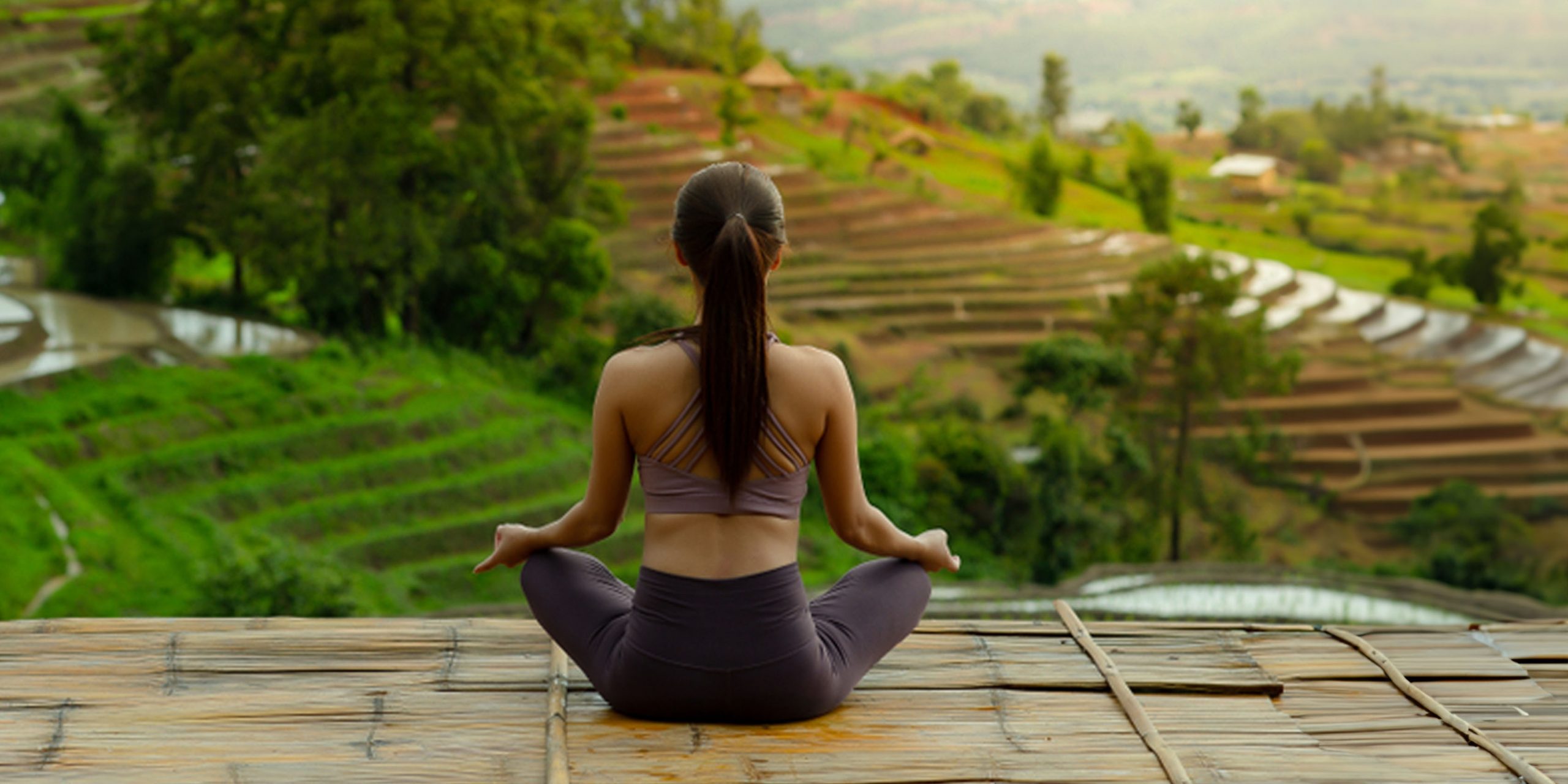
Living with diabetes doesn’t mean compromising on the quality of life. In fact, it presents an opportunity to adopt a proactive approach towards well-being and discover practices that can elevate your health and vitality.
Alongside conventional medical treatments, incorporating alternative practices like pranayama can bring about positive changes.
One such practice, Kumbhaka Pranayama, rooted in the ancient wisdom of yoga, offers a holistic approach to managing diabetes.
In this blog, we will understand more about the technique of Kumbhaka Pranayama, explore its potential benefits for diabetes management, and see how to integrate it into your daily routine.
What is Kumbhaka Pranayama?
Kumbhaka Pranayama is a breathing technique that involves the retention of breath, along with specific inhalation and exhalation patterns. It consists of four segments: Pooraka (Breath in), Rechaka (Breath out), Antar Kumbhaka (Retention of breath internally), and Bahir Kumbhaka (Retention of breath externally).
By mastering the art of breath control, practitioners can experience numerous positive effects on their physical and mental well-being.
How to Perform Antar Kumbhaka?
To practice Antar Kumbhaka, follow these steps:
- Begin by assuming a comfortable seated position, such as Sukhasana (Cross-legged position) or sitting on a chair. Place your palms in jnana mudra, a gesture of knowledge.
- Start with natural breathing to prepare yourself for the practice.
- Take a deep breath in for a count of five, tuck your chin into your chest in jalandhara bandha (throat lock), and close your right nostril with your right ring finger.
- Hold your breath for the same amount of time you took to inhale (count of five).
- Release the jalandhara bandha, rest your hands on your lap, and exhale slowly for a count of ten.
- Repeat this sequence for ten minutes, gradually increasing the duration as you become more comfortable.
How to Perform Bahir Kumbhaka Pranayama?
To practice Bahir Kumbhaka, follow these steps:
- Take a deep breath in for a count of five.
- Exhale slowly for a count of five.
- Once you have completed the exhalation, hold your breath for double the amount of time it took you to exhale (count of ten in this case).
- While practicing Bahir Kumbhaka, incorporate the following bandhas (locks):
- Mula bandha: Pull the pelvic floor muscles up, activating your perineal region, during Antar Kumbhaka.
- Uddiyana bandha: Pull the belly in and up towards your ribcage during Bahir Kumbhaka.
To know your chances of Diabetes reversal, take the Diabetes Reversal TestDiabetes Reversal
Calculator
What to Follow While Practicing Kumbhaka Pranayama?
To ensure a safe and effective practice of Kumbhaka Pranayama, it is essential to keep the following guidelines in mind:
- Maintain a relaxed state of mind and body before starting Kumbhaka.
- Perform this practice in a seated position.
- Do not force yourself to hold your breath beyond your comfortable capacity.
- Practice Ujjayi (victorious breath), Anulom Vilom (alternate nostril breathing), Bhrastika (bellows breath), and Bhramari Pranayama (hummingbird) before attempting Antar Kumbhaka. It is important to master inhalation and exhalation first.
- Avoid practicing Bahir Kumbhaka before Antar Kumbhaka.
- Practice Kumbhaka on an empty stomach to prevent discomfort.
Benefits of Kumbhaka Pranayama for Diabetes
The practice of Kumbhaka Pranayama offers several potential benefits for individuals living with diabetes:
1) Stress reduction
Managing stress is crucial for individuals with diabetes as high stress levels can negatively impact blood sugar control. Kumbhaka Pranayama stimulates the vagal nerve, helping to reduce stress and promote a sense of calm, which can contribute to improved diabetes management.
2) Improved insulin sensitivity
Insulin resistance is a common issue in diabetes, making it difficult for the body to utilize insulin effectively. Regular practice of Kumbhaka Pranayama has the potential to enhance insulin sensitivity, allowing cells to better respond to insulin and leading to improved glycemic control.
3) Enhanced respiratory capacity
Diabetes can affect lung function and respiratory health. By practicing Kumbhaka Pranayama and consciously controlling the breath, individuals can strengthen their respiratory muscles, increase lung capacity, and improve overall respiratory health, supporting better oxygenation and energy levels.
4) Increased alertness and calmness
Fluctuating blood sugar levels can impact cognitive function and emotional well-being. Kumbhaka Pranayama activates the adreno-cortical system and promotes the release of opioids, which can help individuals with diabetes achieve a state of increased alertness, mental clarity, and emotional stability.
5) Improved blood circulation
Diabetes can impair blood circulation, leading to complications such as peripheral neuropathy and delayed wound healing. Kumbhaka Pranayama, with its focus on conscious and deep breathing, enhances blood circulation throughout the body. Improved circulation can aid in the delivery of oxygen and nutrients to peripheral tissues, supporting their health and healing processes.
REVERSED Diabetes in 3 months


5.7%
Happy members
EMI
Guarantee
4.8/5
Diabetes Prime Program
Who Should Avoid Kumbhaka Pranayama?
While Kumbhaka Pranayama can be beneficial for many, there are certain groups of people who should avoid or approach this practice with caution:
- Menstruating and pregnant women: Women who are menstruating or pregnant should avoid practicing Kumbhaka Pranayama, as it can exert additional strain on the body during these sensitive periods.
- Individuals with hypertension, cardiac conditions, cardiovascular diseases (CVD), or high blood pressure (BP) should exercise caution and avoid Kumbhaka Pranayama due to its potential to temporarily raise both systolic and diastolic blood pressure levels during and after its practice.
FitterTake
Living with diabetes doesn’t have to be a constant struggle. By adopting a proactive and holistic approach to diabetes management, such as incorporating practices like Kumbhaka Pranayama, alongside conventional medical treatments, you can enhance your overall well-being and regain control of your health.
Furthermore, leveraging comprehensive programs like the Fitterfly Diabetes Management program provides you with the necessary tools, guidance, and support to effectively manage your diabetes. With personalized exercise routines, nutrition plans, and expert guidance tailored specifically for individuals with diabetes, Fitterfly empowers you to optimize your diabetes management and improve your overall quality of life. By combining the power of Kumbhaka Pranayama with the comprehensive resources offered by Fitterfy, you can embark on a transformative journey towards a healthier and more fulfilling life.
Need more information? Speak to us today!
This blog provides general information for educational and informational purposes only and shouldn't be seen as professional advice.










